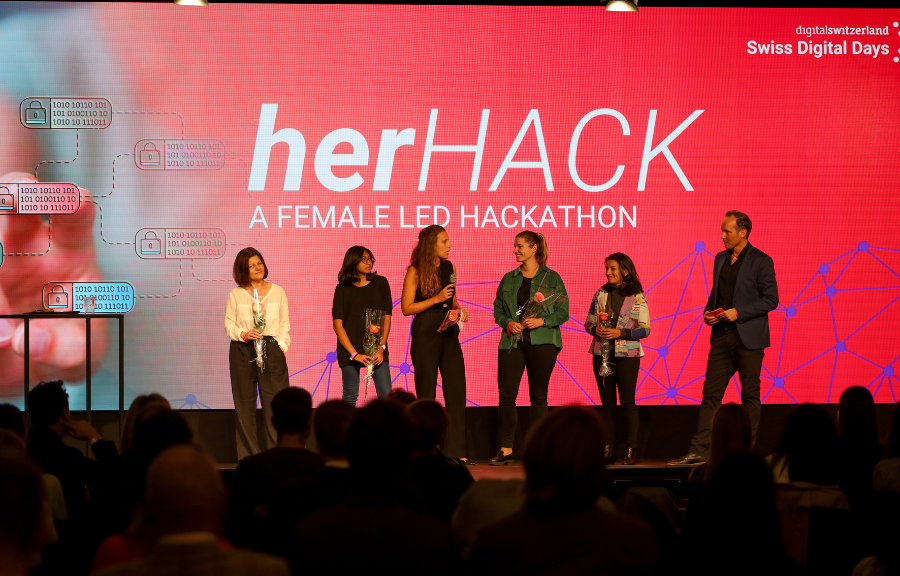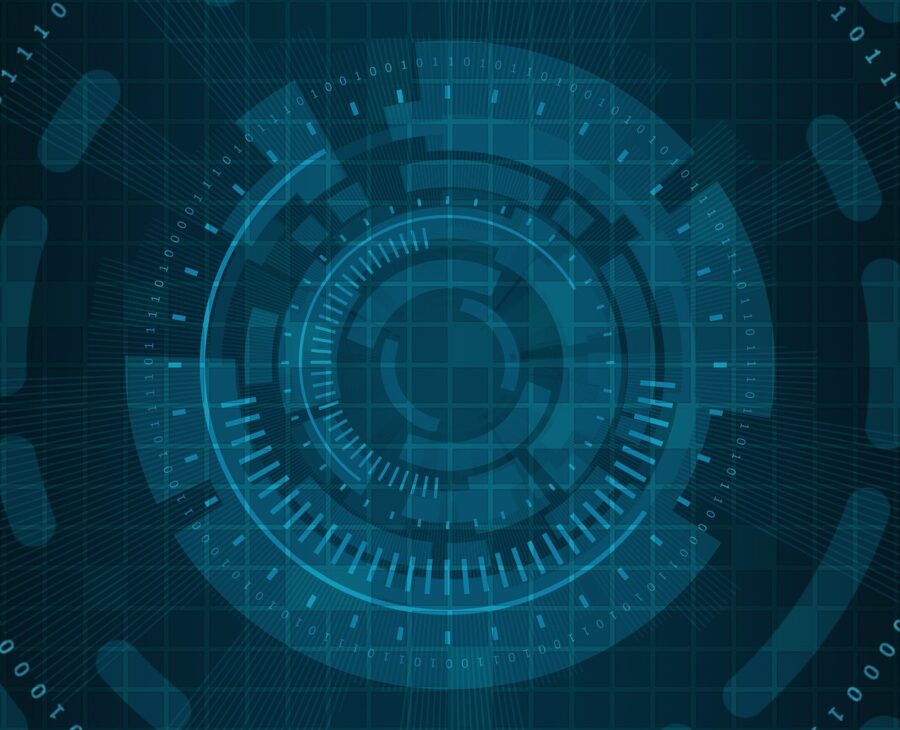Almost a month ago I started with this blog series on the Digital Day and why it is important for Switzerland to why we all need to learn the bicycle trick. Today, I present you my third insight into the why we need to try to increase our ability to adapt in order to come out on top of the digitalization – meaning that we need to take all the chances as well as prepare for the threats it has in store.
Just to remind everyone, this blog series is based on the book by Thomas L. Friedman, Thank you for being late – An optimist’s guide to thriving in the age of accelerations. There is also a great podcast in which he summarizes the main points of the book. Please read the book or listen in on him talking about it for an hour, it is THAT good. For more than two months now, I’ve been talking about nothing else with my wife, my friends, my colleagues and even our members.
Human adaptability – A steep increase is necessary
As discussed in the last two blogs, digitalization is so fast-paced that it is hard to keep up with everything that is going on in the world. Terms such us Artificial Intelligence, Blockchain, Gene Editing and many more are increasingly common, but only very few people actually realize where these developments will take us. This by itself is not really an issue; with new inventions it’s always the case that at the beginning we cannot see clearly where they are going. But until now there was always a time when we understood the wheel, the car, the world wide web. However, today all of these things are happening so fast, that when we grasp the idea of it, the technology has already moved on. The best example of this is UBER: While today we are still concerned with regulating UBER, its business model is fast becoming obsolete through the emergence of self-driving cars, that for some are just around the corner.
«Everything feels like it’s in constant catch-up mode. What to do? We certainly don’t want to slow down technological progress or abandon regulation. The only adequate response is that we try to increase our ability to adapt. That is the only way to release us from the society-wide anxiety around tech.» (p. 33)

«Enhancing humanity’s adaptability is 90 percent about “optimizing for learning” – applying features that drive technological innovation to our culture and social structures.» (p. 34)
Out of the many examples that are given in the book, I would like to focus on three cases. These three provide a deeper understanding of what we need to do and reproduce many times over in order to raise our ability to adapt to the same level as the technological progress is going forward. As the examples below will show, we need to take technological innovation and use it to learn better and faster as well as to raise the average skill set of our society up. The tools are already there provided by the digital transformation.
AT&T’s new social contract with its employees
AT&T realized early on that the skillset of their current workforce needs to be “enhanced” in order to cope with the work of the future. Hence, they invested heavily in enabling employees to develop in whatever skill direction that is in need.
«The new social contract is that you can be a lifelong employee if are ready to be a lifelong learner. We will give you the platform but you have to opt in. Everyone has a personal learning portal and they can see where the endpoint is [for whatever skill set they are aiming to acquire] and the courses that will get them there. you can pick a different future and how to get there. You can be anything you want to be in this system. But again, you have to opt in. The executive’s role here is to define the vision for the future. The company’s responsibility is to provide the tools and platforms for employees to get there, and the individual’s role is to provide the selection and motivation. We need to make sure that anyone who leaves here [does not do so] because we did not provide them with the platform – that it was their lack of motivation that did not make it happen.» (p. 218)
«What we have done is to take our best and make it our average and our average is now right up there. Our cycle times for [new ideas] are much faster now. Anyone who finds a solution, we can scale it through the company. Our employee engagement surveys showed 30 percent improvement in lost sick days in one year. People are calling in sick less because they are feeling more empowered, more of a sense of ownership, and more connected. (p. 219)
Online course providers with new courses up and running in three months and available worldwide
Faster adoption is also necessary within education courses with skills that are in need for the jobs of the future. This is just a hint where fast adoption in courses can lead the general education system.
«The supernova [aka the cloud] is enabling deeper revolution that is just beginning [within Moocs; Massive Open Online Courses], spurred by learning platforms such as Udacity, edX,and Coursera, that will change the very metabolism and shape of higher education and, one hopes, lift the adaptability line in the way [as written above]. When a company like Udacity can respond to a major technological leap forward, such as TensorFlow from Google, and offer a course online to teach it to anyone in the world within three months, the word is going to get out and the market will change. Who is going to wait until next year to take that course on the campus of a university – assuming that school can even change its curriculum that quickly?» (p. 222)
Khan academy with individualized education tools for pupils
The Khan academy offers free Youtube video lessons for everyone around the world to learn. What it did now is connect with the US College Board that oversees the SAT-tests – similar to our “Kantonsschulaufnahmeprüfungen” – and develop a platform on which every kid in the US that wants to get better scores can learn, optimized and free of charge.
«The system works like this: In tenth or eleventh grade you take the practice SAT, known as PSAT. And let’s say , for instance, you scored 1060 out of 1600 on English and math. Your results are fed into a computer, which, using AI and big data, then spits out a message: “Tom, you did really well, but you need some work on fractions. You have a real opportunity to grow here. Click here for customized lessons just for you on fractions.”» (p. 228)
«We are providing personalized learning at a time when students need to take far greater command of the cultivation of their talents and their career trajectory. The College Board used to just give tests to measure and mark progress, now we are actually trying to provide the tools of practice and coaching to change trajectories.» (p. 228)
In the next blog in about two weeks time, I will deep dive into other cases than just investing in learning and education that we can do as a society to prepare ourselves for what’s to come.
If you enjoy this blog series on the Digital Day, please subscribe to our bi-weekly newsletter.







